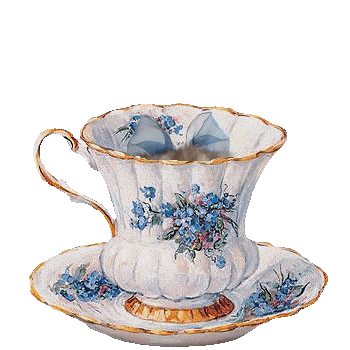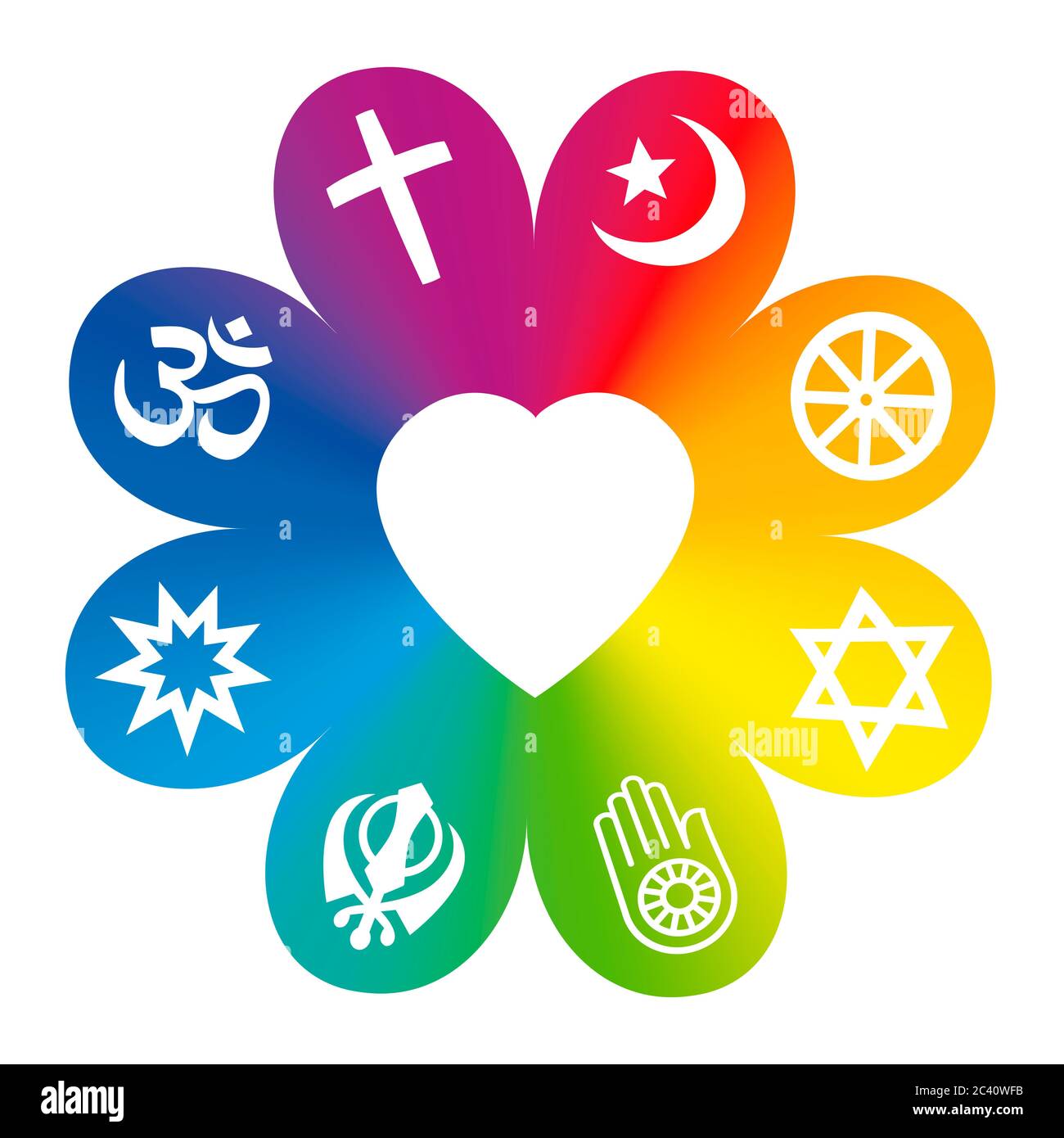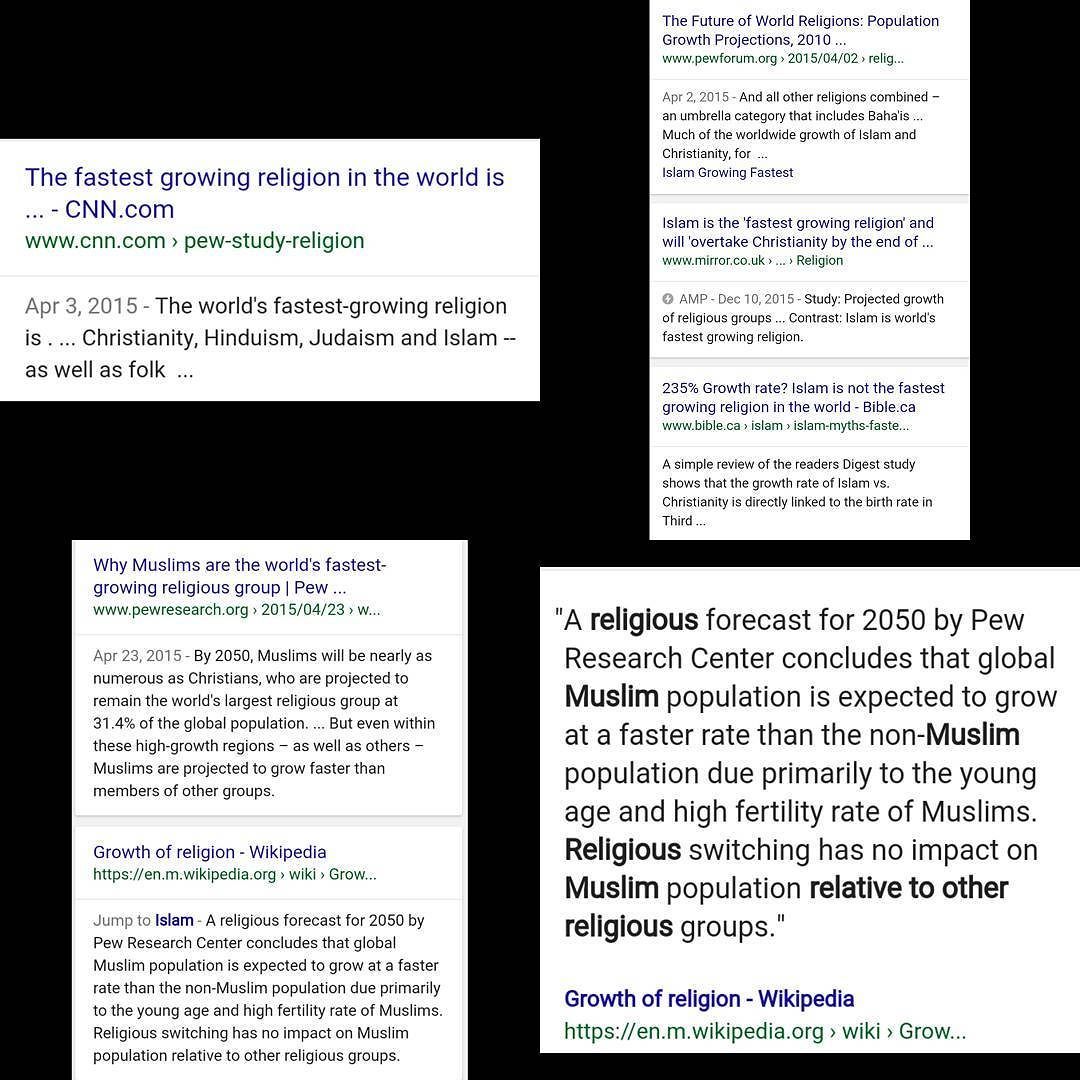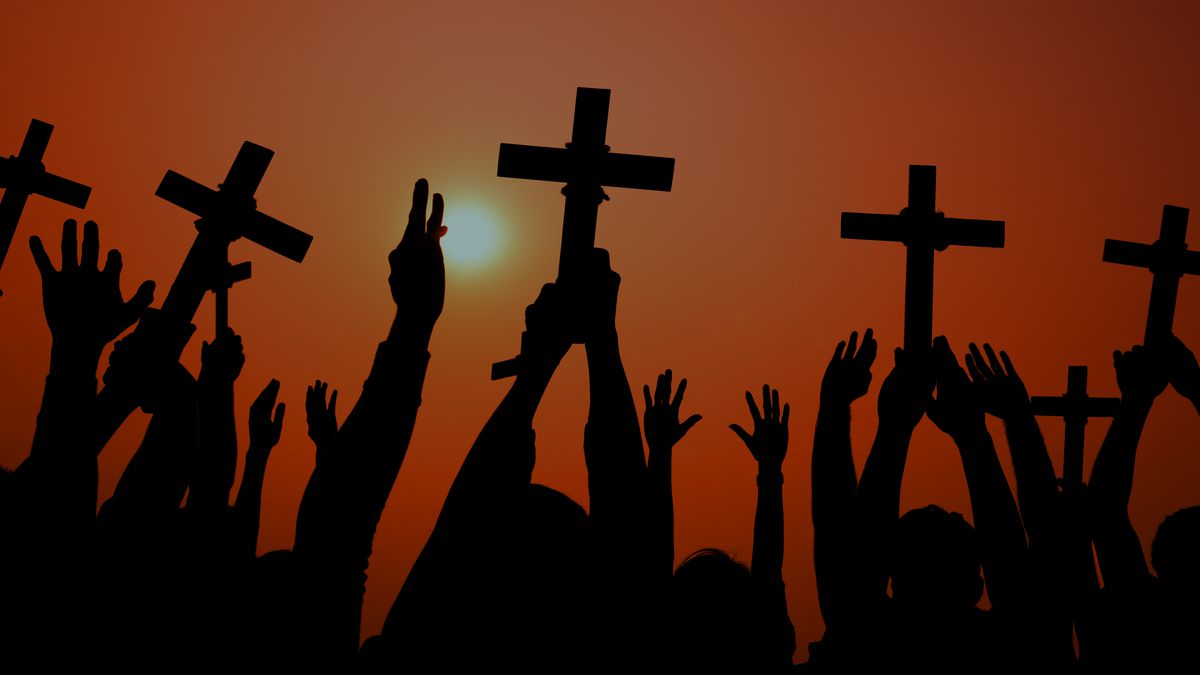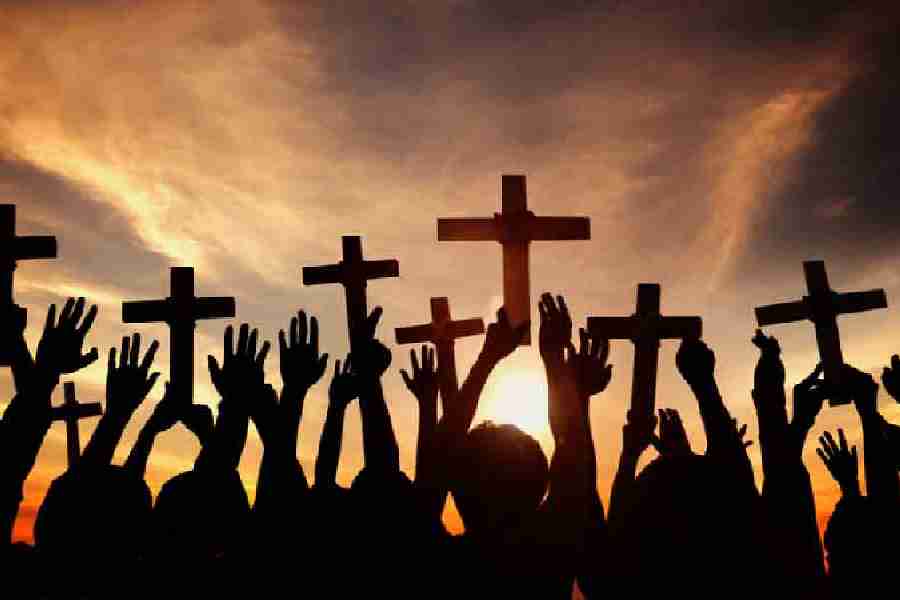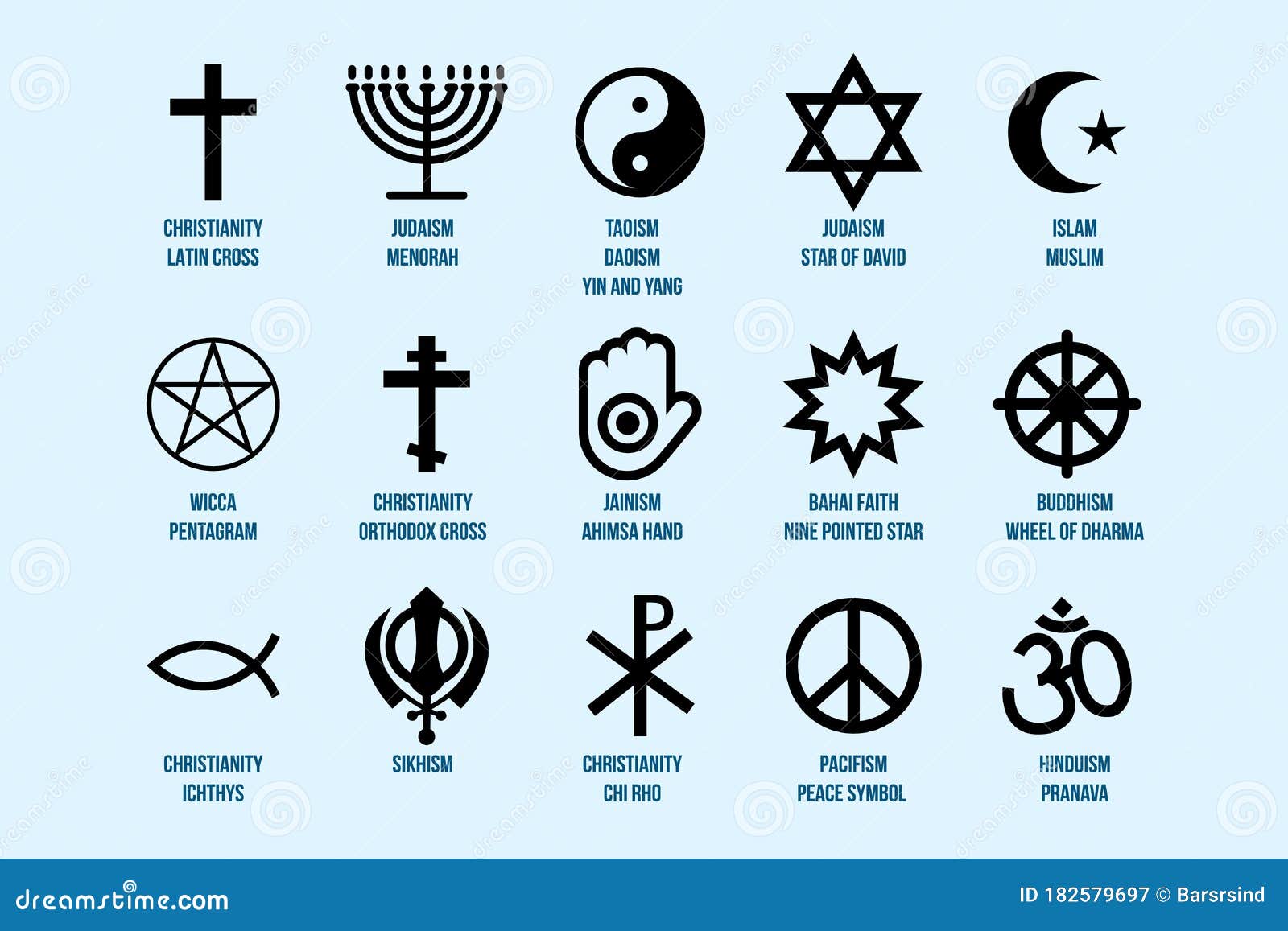Understanding Hindu Temples in Fiji: Religious Symbolism and Color Representation
Introduction: The Role of Temples and Religion in Fiji
Fiji is renowned for its vibrant multicultural landscape, where religion plays a central role in shaping social and cultural identity. Among the most prominent religious structures are Hindu temples, which serve not only as places of worship but also as hubs for education, social support, and cultural preservation [2] . This article explores which religion is most commonly associated with temples in Fiji, delves into the significance of color in religious symbolism, and provides actionable guidance for engaging with these traditions.

Source: app.polynesia.com
Hindu Temples: The Cornerstone of Fiji’s Religious Landscape
Hinduism is the second largest and most prominent religion associated with temples in Fiji, accounting for approximately 27.9% of the national population [4] . The most famous temple, the Sri Siva Subramaniya Temple , located in Nadi, is not only the largest in Fiji but also the largest Hindu temple in the Southern Hemisphere [1] [5] . This temple is dedicated to Lord Murugan, with additional shrines for Ganesh, Meenakshi, and Shiva, reflecting the major Hindu denominations found in Fiji: Vaishnavism, Shaivism, and Shaktism [2] .
Religious Practices and Festivals
Hindu temples in Fiji are vibrant centers for religious festivals such as
Diwali
(Festival of Lights),
Holi
(Festival of Colors), and
Ram Navami
(Lord Rama’s birth celebration). These events unite communities and showcase the adaptability and resilience of Indo-Fijian cultural identity
[2]
. Participating in these festivals is open to all, and you can engage by visiting temples, joining community events, or volunteering during celebrations. To do so, consider contacting local temple committees or searching for event announcements in community centers.
Color Symbolism in Hindu Religion
Color plays a significant role in Hindu religious practice and symbolism. The color saffron (orange) is most commonly associated with Hinduism and its temples. Saffron represents purity, spirituality, and selflessness, and is often seen in temple decorations, priests’ garments, and flags atop temple structures. During major festivals, temples are adorned with saffron and other vibrant colors to reflect joy and devotion [2] .
Other Colors and Their Meanings
While saffron is the principal color, other colors also hold religious significance:
- Red : Symbolizes purity, fertility, and marital bliss. Red powder (kumkum) is used in rituals and ceremonies.
- White : Represents peace and truth, commonly worn during mourning or spiritual practices.
- Yellow : Associated with knowledge and learning, often worn during religious study and rituals.
- Green : Symbolizes life and happiness, used during harvest festivals.
These colors are integral to temple architecture, religious attire, and festival decorations. If you wish to participate or learn more, observe the color schemes during your temple visits and ask community members about their significance.
Accessing Hindu Temple Services and Community Opportunities
Hindu temples in Fiji offer a range of services, including religious education, cultural events, and social support. To get involved:
- Search for the nearest Hindu temple using online directories or community bulletins.
- Contact temple administrators or local Indo-Fijian cultural organizations for information on upcoming events and volunteer opportunities.
- Attend public festivals and ceremonies to experience the culture firsthand.
- If you wish to learn more about the religion, ask about classes, workshops, or community outreach programs.
Many temples welcome visitors regardless of religious background. If you are new to Hindu traditions, consider attending introductory sessions or tours, which are often organized for educational purposes.
Challenges Faced by Hindu Temples and Communities in Fiji
Despite their cultural prominence, Hindu temples and communities in Fiji have faced challenges, including incidents of sacrilege, discrimination, and communal unrest [3] [4] . Leaders have called for unity and respect across faiths, emphasizing the importance of safeguarding places of worship and fostering multicultural harmony. If you wish to support these efforts, you can:
- Participate in interfaith dialogues and community events promoting tolerance.
- Learn about local laws protecting religious rights by contacting Fiji’s Ministry for Multi-Ethnic Affairs.
- Report any incidents of intolerance to local authorities and community leaders.
Building awareness and understanding is key to strengthening communal bonds and ensuring the safety and sanctity of religious spaces.
Alternative Pathways for Learning and Engagement
If you are unable to visit a temple in person, many organizations and educational institutions in Fiji offer virtual tours, online workshops, and informational resources about Hinduism and religious practices. You may search for official Indo-Fijian associations or educational platforms for additional guidance. For the latest information on temple events and cultural programs, consult Fiji’s national tourism board or community cultural centers.

Source: blakeanddebinfiji.blogspot.com
Key Takeaways
Hindu temples in Fiji are associated with the Hindu religion and serve as vital centers for spirituality, community, and cultural preservation. Saffron (orange) is the color most strongly linked to Hindu religious identity, representing purity and devotion. Engaging with these traditions-whether through temple visits, festival participation, or community outreach-offers valuable insight into Fiji’s multicultural fabric. For more information, always seek guidance from verified temple committees, official cultural organizations, and government ministries to ensure reliable access and support.
References
- Alluring World (2021). Sri Siva Subramaniya Temple overview and history.
- Paradise Discovered (2023). Hinduism in Fiji: A blend of Hindu and Fijian Cultural Identity.
- The Australia Today (2025). Fiji’s Hindu community shaken by Shiv temple sacrilege.
- WorldAtlas (2019). Religion in Fiji: Important Facts and Figures.
- Wikipedia (2005). Sri Siva Subramaniya Temple.
MORE FROM cheerdeal.com



